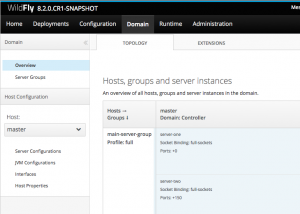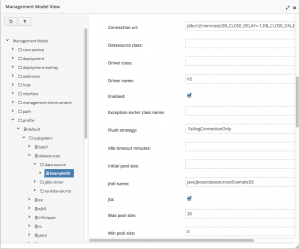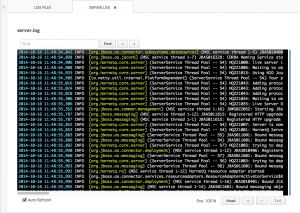30 May 2016
An interesting pick from the Thoughtworks blog. In this article Ford and Parsons position microservices as “one of group of architectures that support certain evolutionary behaviors”, explaining common characteristics of evolutionary architectures that can also be found in microservices.
I think this moves the attention back to an important line of thought that often gets lost in microservices discussions these days: the principles behind the architectural decisions and technical choices that add value to the business.
In my opinion the term “microservices” didn’t benefit to the overall change in direction we see today, because it moves the focus from the complex whole to the single parts, which may be an explanation why many people wrongly assess microservices in lines of code or other implementation details.
The term “evolutionary architecture” seems to achieve quiet the opposite: “evolutionary” is a reasonable hint to the guiding principles (far better then “micro”) and “architecture” forces you to think about concepts and cross-cutting concerns (opposed to “service”).
There is also an SE-Radio episode with Rebecca Parsons, where she discusses the practices behind evolutionary architectures.
11 Feb 2015
Easy things should be easy to do and hard things should be harder to do. The reason is simple: the pain should be proportional to the gain.
M. Rose, about the beep protocol design (http://www.ietf.org/rfc/rfc3117.txt)
20 Jan 2015
There are two ways of constructing a software design:
One way is to make it so simple that there are obviously no deficiencies,
and the other way is to make it so complicated that there are no obvious deficiencies.
C.A.R Hoare, “The Emperor’s Old Clothes,” 1989
05 Nov 2014
I’ve created a quick walkthrough how to configure and use the #rhq monitoring subsystem and #influxdb to monitor wildfly instances:
https://github.com/rhq-project/wildfly-monitor/wiki/InfluxDB
This is the first cut, still in it’s early stages, but provides an end-to-end demonstration how to offload monitoring data to InfluxDB and access it through a web interface or a command line utility.
16 Oct 2014
We’ve updated Wildfly Master to include the most recent 2.4.0 Final of the HAL management console.
The improvements at a glance:
- Updated look & feel. Now follows the Patternfly styles.
- Improved information architecture: Domain management, deployments and runtime views have been relocated/consolidated
- Extended/complete subsystem configuration: EE, Undertow, Messaging, IO and Batch
- Updated model browser: supports inline editing of resources
- Log Viewer: Tail log files from within the console
- Picketlink extension: The GUI now ships the picketlink management parts (enabled on demand)
- Improved runtime monitoring: The charts and data tables have been cleaned up
- Over 50 bugfixes
Updated visual appearance
The look and feel now builds on Patternfly. With more and more JBoss projects moving to patternfly, this will provide a more consistent look&feel across the portfolio.

We’ve moved things around a bit:
- ‘Deployments’ are a top level category in their own (used to be under ‘Runtime’)
- ‘Domain Overview’ moved to ‘Domain’ (used to be under ‘Runtime’ as well)
This allows to us to better address certain edge cases when configuring domains and has a clearer affordance when managing to specific server instances.

Extended Subsystem Support
The following subsystems have been revamped or completed:
- EE
- Undertow
- Messaging
- IO
- Batch
Most of them have been either incomplete or missing and the new implementation provides access to the full subsystem configuration options.
New Model Browser
The model browser (Footer > Tools > Model Browser) has been completely revamped. It’s value/purpose has not been quiet clear in the past. I guess most people simply used to look up the management model documentation and get a general overview. However it now supports editing resources directly and a much better interaction and visual appearance.

On it’s own it might be used as a minimal GUI for Wildfly.Core at some point.
Harald Pehl did a great job implementing this one with support from James Perkins. The log viewer (‘Runtime’ > ‘Platform’ > ‘Log Viewer’) allows you to browse through or tail server logs. It’s a feature that’s been missing for a long time and I am happy to see it included in Wildfly 8.2. It will become especially useful when managing domains.

Picket Link Integration
The picket link management UI is now part of the default distribution. That means any Wildfly instance that uses the Picketlink subsystem can now be managed by default.
Improved runtime monitoring
The ‘Runtime’ category has been revisited and cleaned up. We’ve added new attributes and improved those views that didn’t have a clear purpose.
Plenty of bug fixes
This release does include over 50 bugfixes spread across the whole UI. You might not have noticed all of them but this will certainly improve the overall user experience when working with the management console. Thanks to everybody reporting and fixing these issues.



